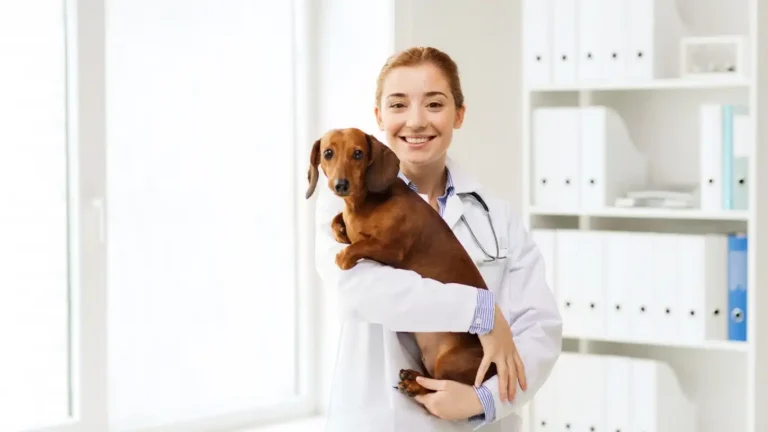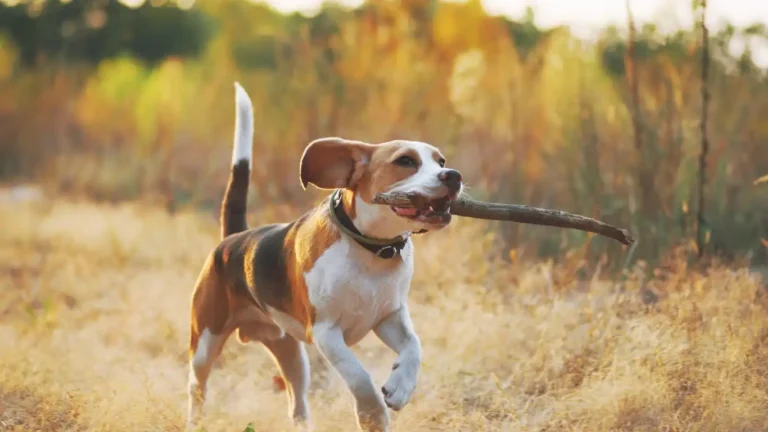Unlock Healthy Dog Habits: Easy Ways to Boost Your Dog’s Health
When it comes to caring for dogs, I’ve learned something unexpected from my work in hypertension management—healthy habits are everything. Whether you’re managing blood pressure in people or trying to unlock healthy dog habits: easy ways to boost your dog’s health, the principle stays the same: consistency and simplicity go a long way. Just like my patients benefit from walking more, eating cleaner, and building better routines, so do our pups. The best part? You don’t need fancy tools or a vet degree to make a real difference in your dog’s health. Let me walk you through some of the everyday habits that can seriously elevate your dog’s well-being—some I even picked up the hard way as a dog mom myself.
Why Daily Movement Matters More Than You Think
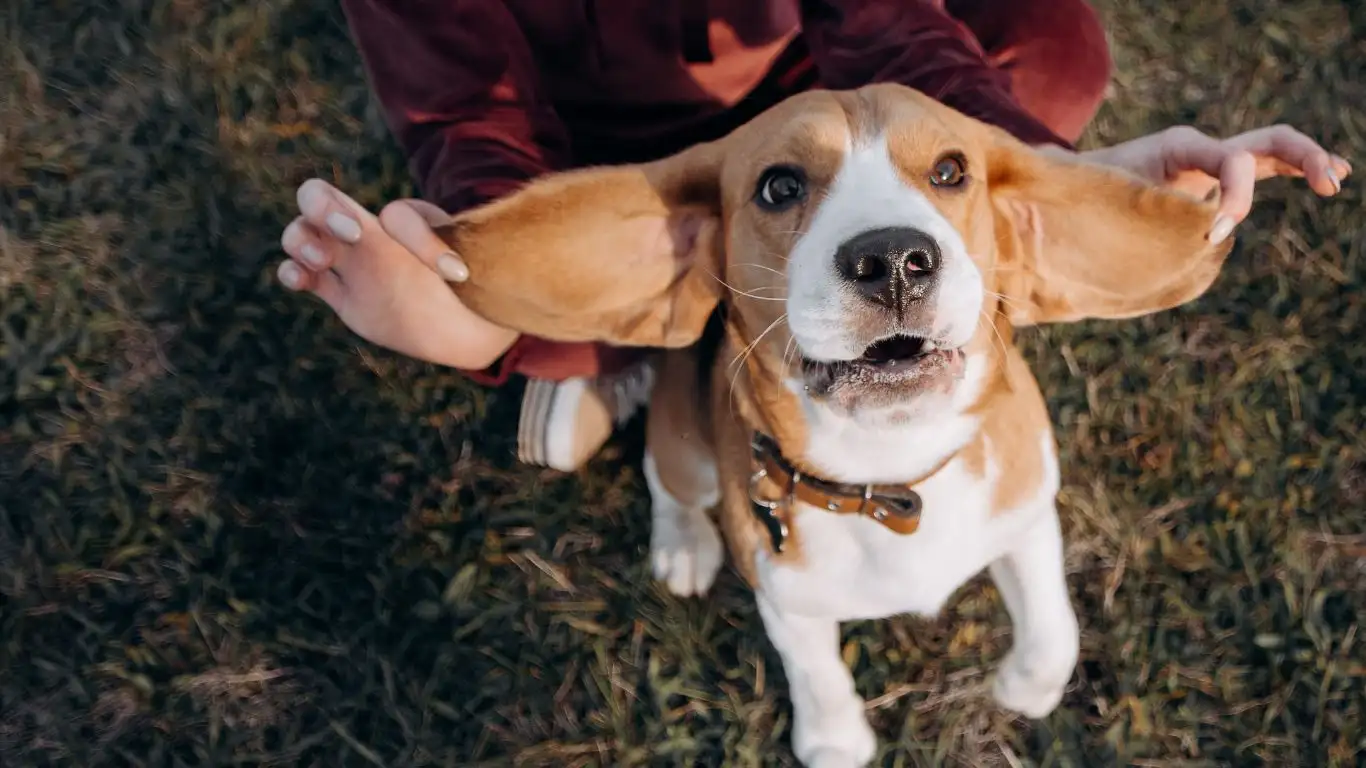
I’ve said it countless times in my clinic: movement is medicine. And the same holds true for dogs. Regular activity helps prevent obesity, supports joint health, improves mood, and even promotes better digestion. I remember my old Labrador, Max—when he started slowing down, it was tempting to let him lounge all day. But what he really needed was low-impact walks and gentle play. Within weeks of getting back into a routine, his energy levels improved like night and day.
Simple Movement Ideas for Busy Dog Parents
- Morning Walks: A quick 15-minute stroll before breakfast can get their blood pumping.
- Fetch in the Backyard: Toss a ball while you sip your coffee.
- Interactive Toys: Great for days when you’re stuck indoors or short on time.
If you’re working long shifts or just juggling too much (been there), try scheduling short movement breaks with your dog. Two or three 10-minute bursts of activity spread throughout the day can work wonders. Think of it like doggy interval training—with the bonus of you getting fresh air too.
Feeding for Long-Term Health, Not Just a Full Belly
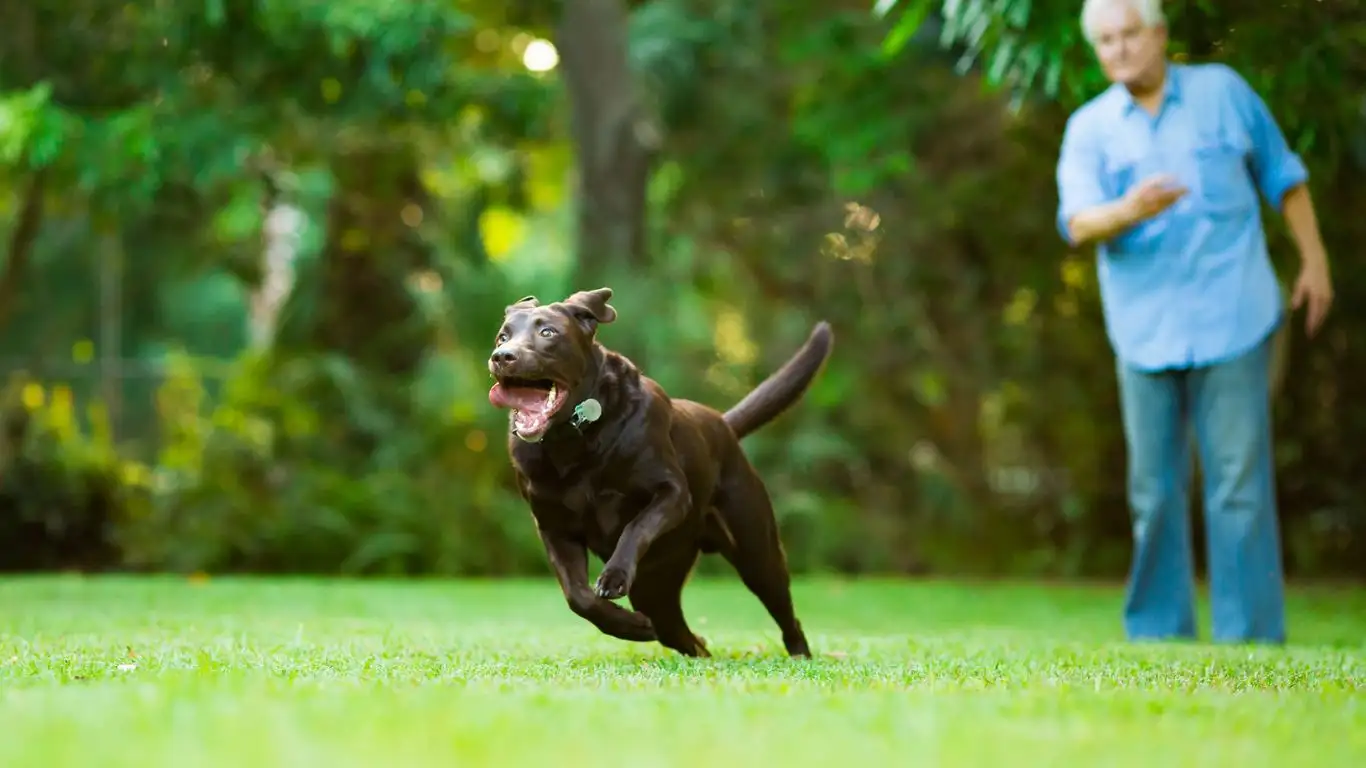
Let’s talk food. As a physician, I spend a lot of time teaching people how to read nutrition labels. I never imagined I’d end up scrutinizing dog food bags the same way. But once I saw how my rescue pup Luna’s coat, energy, and even breath changed after switching to a high-quality diet, I became a believer. Just like we thrive on nutrient-dense foods, dogs do better when their meals are rich in real protein, healthy fats, and minimal fillers.
What to Look for in Dog Food
- Named protein sources: Look for real meat like chicken, beef, or salmon as the first ingredient.
- Limited fillers: Avoid foods heavy in corn, wheat, or soy if possible.
- Added omega-3s: These help with skin, coat, and brain health.
- Digestibility: The less your dog poops out, the more they’re absorbing!
And don’t forget hydration. A clean, full water bowl is a small thing that makes a big impact. I keep Luna’s water next to mine in the kitchen as a reminder—if I’m refilling mine, she gets a fresh top-up too.
Routine Health Checks You Can Do at Home
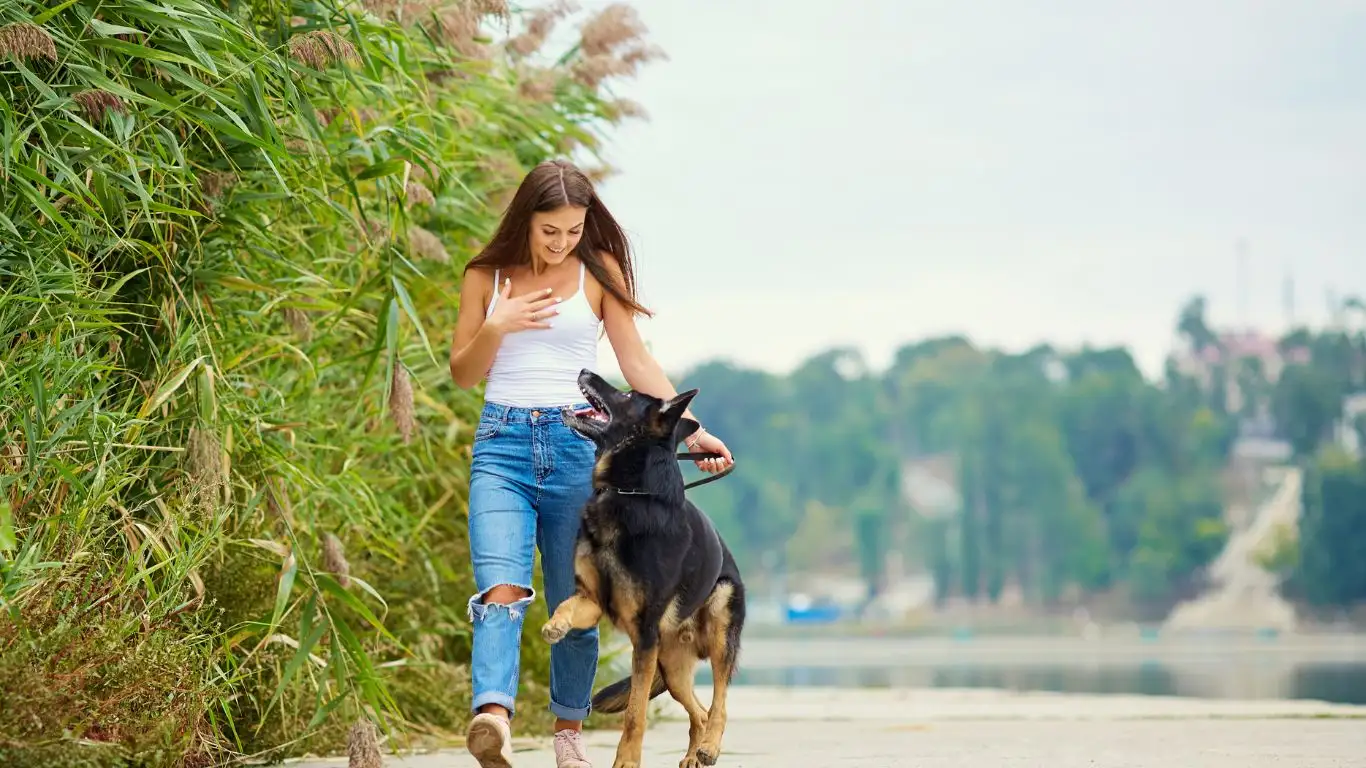
Sure, vet visits are essential—but between appointments, there’s a lot you can do to keep tabs on your dog’s health. I always recommend the same thing to my patients: know your baseline. With dogs, it’s no different. You don’t need to be a vet to spot when something feels “off.”
Quick DIY Health Checks
- Check their gums: They should be pink and moist, not pale or dry.
- Inspect ears weekly: Smelly, red, or gunky ears could mean infection.
- Look at their stool: A healthy poop tells you a lot about digestion.
- Feel their body: Run your hands over them to check for lumps, bumps, or sensitivity.
One night I noticed Luna licking her paw obsessively. Nothing major, right? But on closer inspection, there was a tiny cut I wouldn’t have noticed otherwise. A little home care and it healed up perfectly. The lesson? You don’t have to wait for drama to pay attention.
Unlock Healthy Dog Habits: Easy Ways to Boost Your Dog’s Health Through Consistency
Here’s the thing—dogs thrive on routine. I’ve seen it with patients too: the more predictable and steady your habits, the easier it is to stay healthy. For dogs, this means predictable mealtimes, regular potty breaks, consistent training cues, and a safe, loving environment.
Build a Simple Daily Dog Routine
- 7 AM: Potty and breakfast walk
- Noon: Midday play or sniff break
- 5 PM: Dinner and wind-down walk
- 9 PM: Last potty trip and cuddle session
It doesn’t have to be strict to be effective. I like to treat it as a rhythm more than a schedule—some days it shifts a bit, but Luna knows the pattern. And honestly, it’s helped me stay more grounded too.
Grooming: More Than Just a Bath
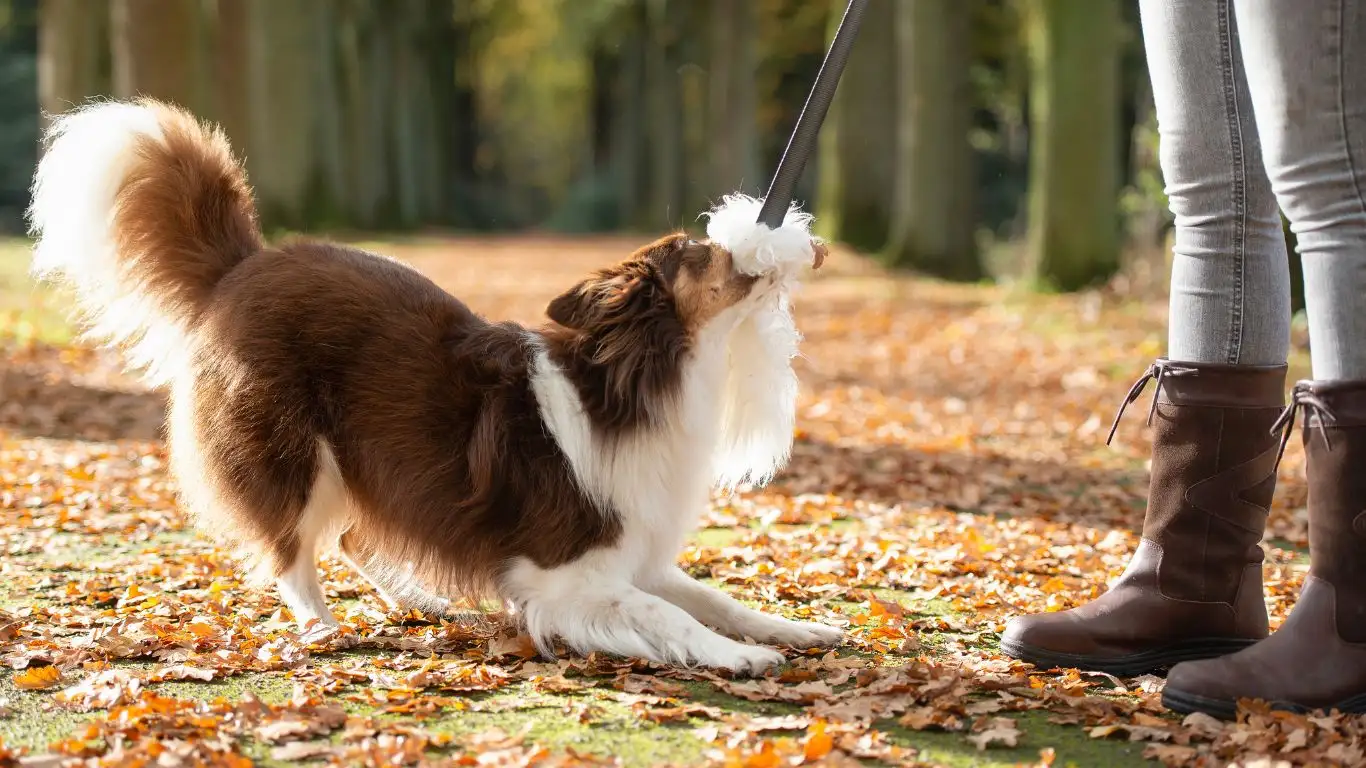
One thing that’s often overlooked in the pursuit of a healthy dog is grooming. Sure, regular baths and nail trims are essential, but grooming extends far beyond keeping your dog looking cute (though I’m not gonna lie, I love when Luna’s fluffy coat shines after a good brushing!). Grooming is actually about maintaining your dog’s physical health in a way that prevents skin problems, reduces stress, and strengthens the bond between you both. Think of it as a form of preventative medicine.
Essential Grooming Habits to Start Today
- Brushing: Regular brushing helps prevent mats and tangles and stimulates blood flow to your dog’s skin, promoting a healthy coat.
- Nail Trimming: Keeping nails short is key to preventing discomfort, paw issues, and even joint stress.
- Ear Cleaning: I check Luna’s ears weekly for wax buildup—an ounce of prevention goes a long way in avoiding ear infections.
- Dental Health: Just like humans, dogs can develop dental issues. Dental chews and regular brushing can help prevent tartar buildup.
My personal routine with Luna includes a weekly brushing session, and I swear by it. Not only does it keep her coat soft and shiny, but she also loves the attention. It’s a great bonding experience for both of us, and I’ve noticed she’s far more relaxed during vet visits because she’s accustomed to being handled. Plus, it’s a great way to spot any unusual bumps or skin changes that might require a vet’s attention. Prevention at its best!
Training: Boosting Health with Mental Stimulation

If you’ve ever seen a dog with “cabin fever,” you know how important mental stimulation is to their overall health. Dogs are intelligent creatures, and just like us, they need to exercise their brains. Regular training doesn’t just help with obedience—it provides mental challenges that can reduce anxiety, increase confidence, and keep their minds sharp. Plus, training can help prevent behavioral problems that often arise from boredom.
Training Doesn’t Have to Be Complicated
- Short Sessions: I recommend keeping training sessions to 5-10 minutes a few times a day. This keeps things fun and prevents overwhelm for both you and your dog.
- Positive Reinforcement: Reward-based training is the way to go. I always use treats and praise to reinforce good behavior—dogs love it, and it strengthens the bond.
- Fun Tricks: Teaching simple tricks like “sit,” “shake,” or even “roll over” can be a great mental workout.
I’ve found that mental stimulation works wonders for Luna. It helps burn off excess energy (especially on rainy days when outdoor play isn’t an option), and she loves the challenge. I’ve even noticed that she sleeps better after a good training session—just like us, she’s worn out in the best way!
Natural Supplements: Enhancing Health the Natural Way
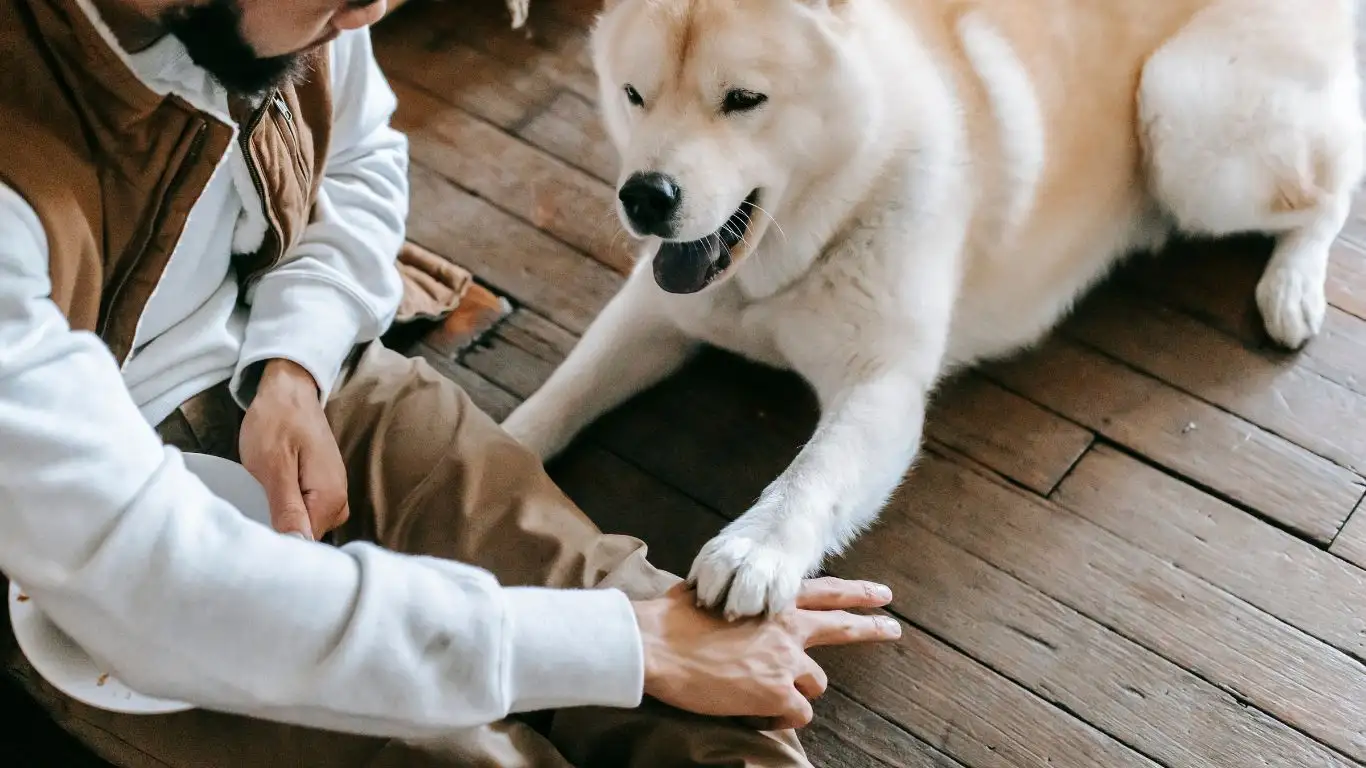
We’ve covered a lot of the basics for unlocking healthy dog habits, but sometimes, adding natural supplements to your dog’s routine can take things to the next level. Whether it’s a vitamin boost, joint support, or calming aids, natural supplements can provide that extra layer of health support—especially as your dog ages.
What to Look for in Natural Dog Supplements
- Joint Health: Look for supplements containing glucosamine and chondroitin. These ingredients support healthy joints and mobility, especially in older dogs.
- Omega Fatty Acids: Fish oil or flaxseed oil are great for promoting a healthy coat and reducing inflammation.
- Probiotics: These are excellent for maintaining digestive health, which is often overlooked but crucial for overall well-being.
- Calming Supplements: If your dog struggles with anxiety, calming supplements made from valerian root or chamomile might help keep them relaxed.
When I started giving Luna omega-3 supplements, I noticed her coat became shinier, and her skin seemed less irritated. It’s one of those things you don’t think about until you see the difference it makes. And trust me, those gentle calming supplements can work wonders when your dog is stressed, whether from a vet visit, a thunderstorm, or separation anxiety.
Making Vet Visits Count: Prevention Over Reaction
As much as we’d love for our dogs to never get sick, the truth is, regular vet visits are a key part of unlocking healthy dog habits. As a physician, I can’t stress enough how important it is to catch potential health problems early. The sooner you spot something, the easier and less expensive it can be to treat. Preventative care should always be part of your plan to keep your dog in peak condition.
When to Schedule a Vet Appointment
- Annual Checkups: Even if your dog seems healthy, a yearly exam can help catch issues before they become serious.
- When Something Feels Off: Trust your instincts. If your dog’s eating habits, energy level, or behavior change, it’s time to call the vet.
- Preventative Treatments: Make sure to stay up to date on flea, tick, and heartworm prevention, as well as vaccinations.
I’ve learned from personal experience that taking Luna for regular checkups has saved us from bigger problems. One time, I noticed her limping and had her checked out just in case. It turned out to be a minor sprain, but the vet’s early intervention meant it healed quickly without complications.
Exercise: A Healthy Dog is an Active Dog
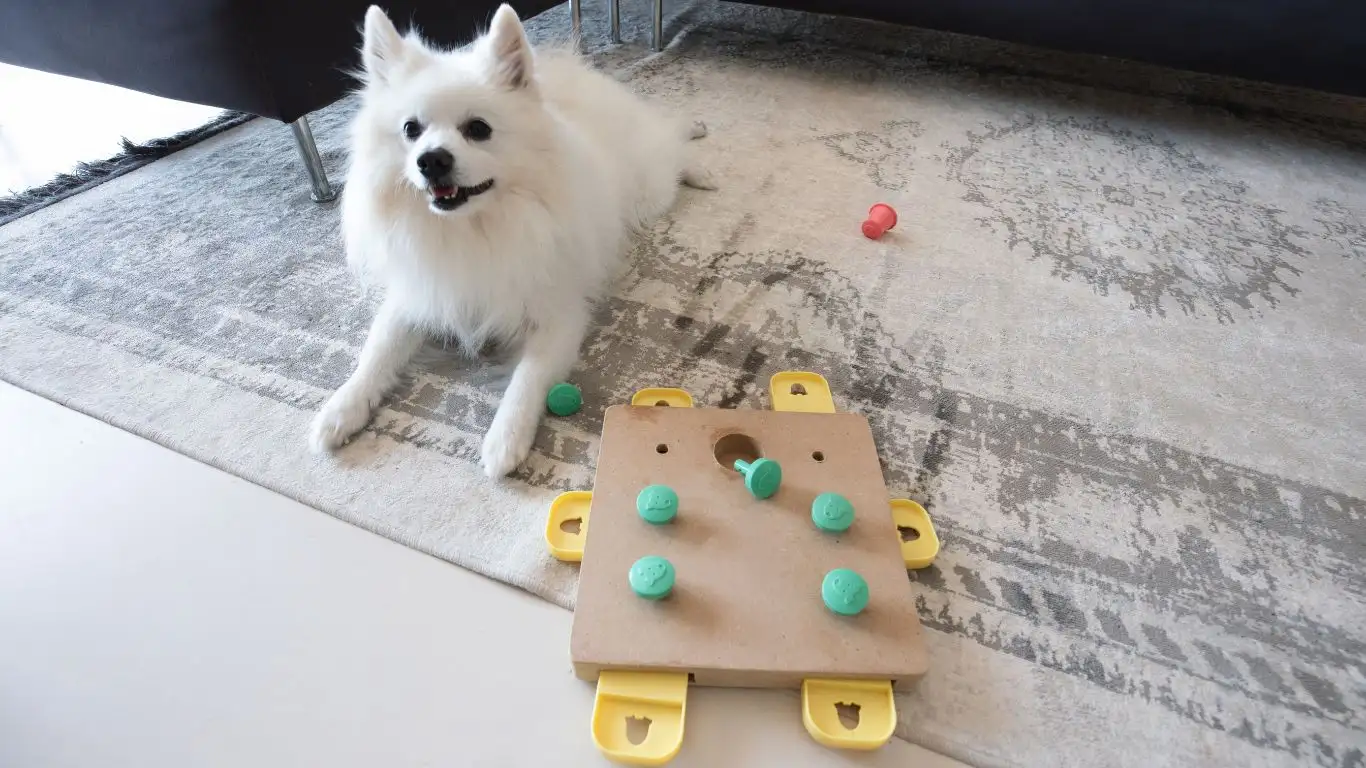
When it comes to unlocking healthy dog habits, there’s no way around the fact that exercise is a major player. Not only does physical activity keep your dog in shape, but it’s also a huge factor in mental well-being. After all, a tired dog is a happy dog. As much as Luna loves lounging on the couch with me, she gets a boost of happiness after her daily walk or playtime in the yard. Exercise helps with weight control, improves heart health, and even prevents joint problems, especially in active breeds.
How Much Exercise Does Your Dog Need?
- Puppies: If you’ve got a young dog, you’ll want to focus on short, frequent play sessions. Too much exercise can strain their growing joints, but they’ll still need plenty of stimulation to burn off that boundless energy.
- Adult Dogs: A brisk walk or a fun game of fetch for 30-60 minutes each day is generally a good rule of thumb, but this can vary depending on your dog’s age, breed, and health.
- Senior Dogs: For older dogs, low-impact activities like gentle walks or swimming are excellent options. They may not need as much exercise, but keeping them active helps with mobility and mental stimulation.
Incorporating exercise into Luna’s routine has made a huge difference in her overall health. She has more energy, sleeps better, and stays at a healthy weight. Plus, I get to enjoy some fresh air and movement too—win-win!
Diet: Fueling Your Dog’s Health from the Inside Out
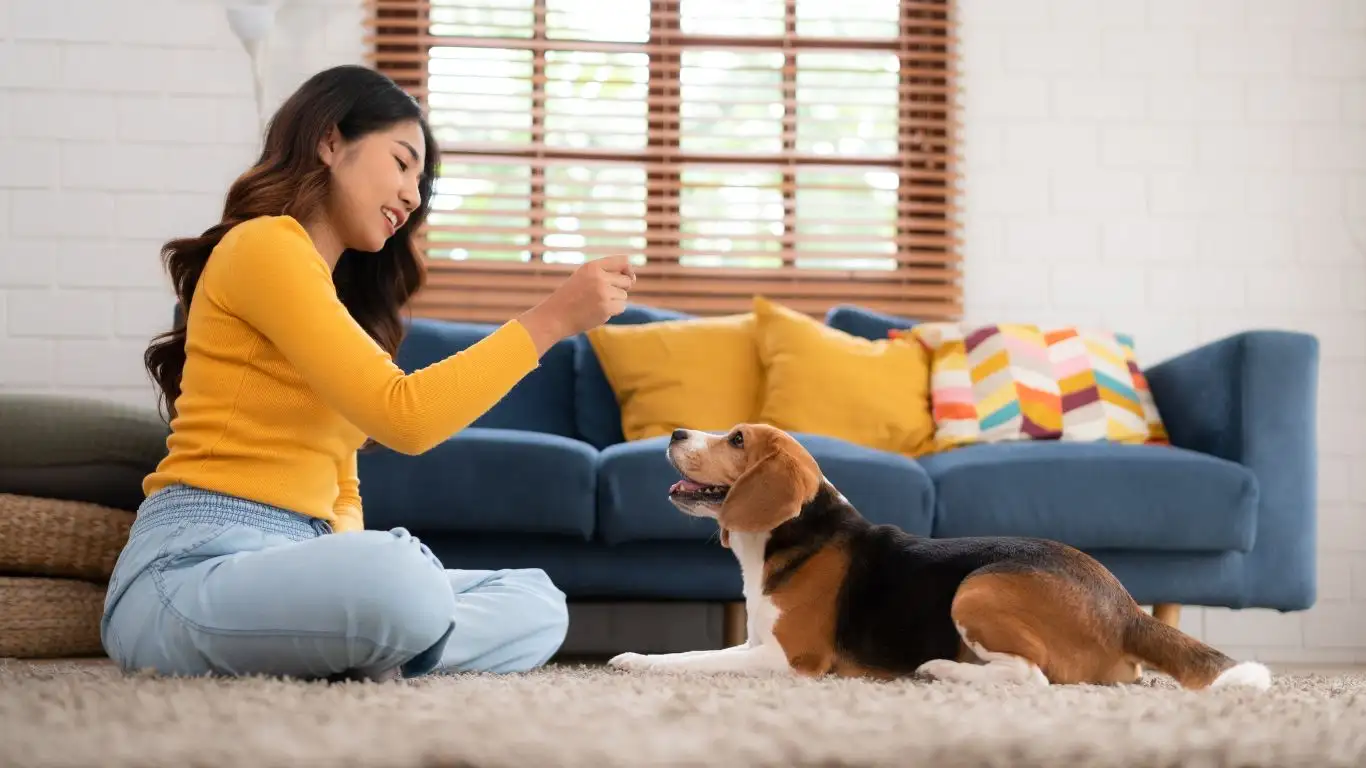
What goes into your dog’s body is just as important as how they move. A balanced, nutritious diet is the foundation for good health, helping maintain strong muscles, a shiny coat, and overall vitality. Just like with people, the right food can prevent health issues down the road and provide the energy your dog needs to thrive. I’m always mindful of Luna’s diet, making sure she gets a mix of proteins, healthy fats, and veggies. There’s nothing more heartwarming than watching her enjoy her meals and knowing it’s helping her live her best life!
Choosing the Right Dog Food
- Quality Protein: Look for real meat (like chicken, beef, or fish) as the first ingredient. Protein supports muscle growth and helps with tissue repair.
- Whole Grains & Veggies: Whole grains like brown rice and sweet potatoes provide fiber for digestive health, while veggies like carrots and spinach offer vitamins and minerals.
- Avoid Fillers: Try to avoid foods with fillers like corn or soy. These don’t provide much nutritional value and can sometimes contribute to food sensitivities.
I’ve always paid close attention to Luna’s food label. After trying a few different options, we found a brand that she loves and that works for her. Her coat is shinier, and her energy levels are consistently high—proof that a good diet works wonders!
Additional Resources to Support Your Dog’s Health
As you focus on boosting your dog’s health with these tips, it’s always a good idea to continue learning and finding new ways to support their well-being. There are plenty of resources available to guide you on everything from training to nutrition, and I encourage you to check out a few trusted websites for more expert advice.
- American Kennel Club (AKC) – For dog training tips, breed info, and more.
- PetMD – Reliable resource for pet health advice and articles.
- National Institutes of Health (NIH) – Provides insights into veterinary health and research.
Disclaimer
The information provided in this article is based on my personal experiences and general knowledge as an Internal Medicine Physician. It’s important to consult your vet before making any significant changes to your dog’s health regimen, including diet, exercise, and supplements. Every dog is unique, and their needs may differ based on age, breed, and health status.





